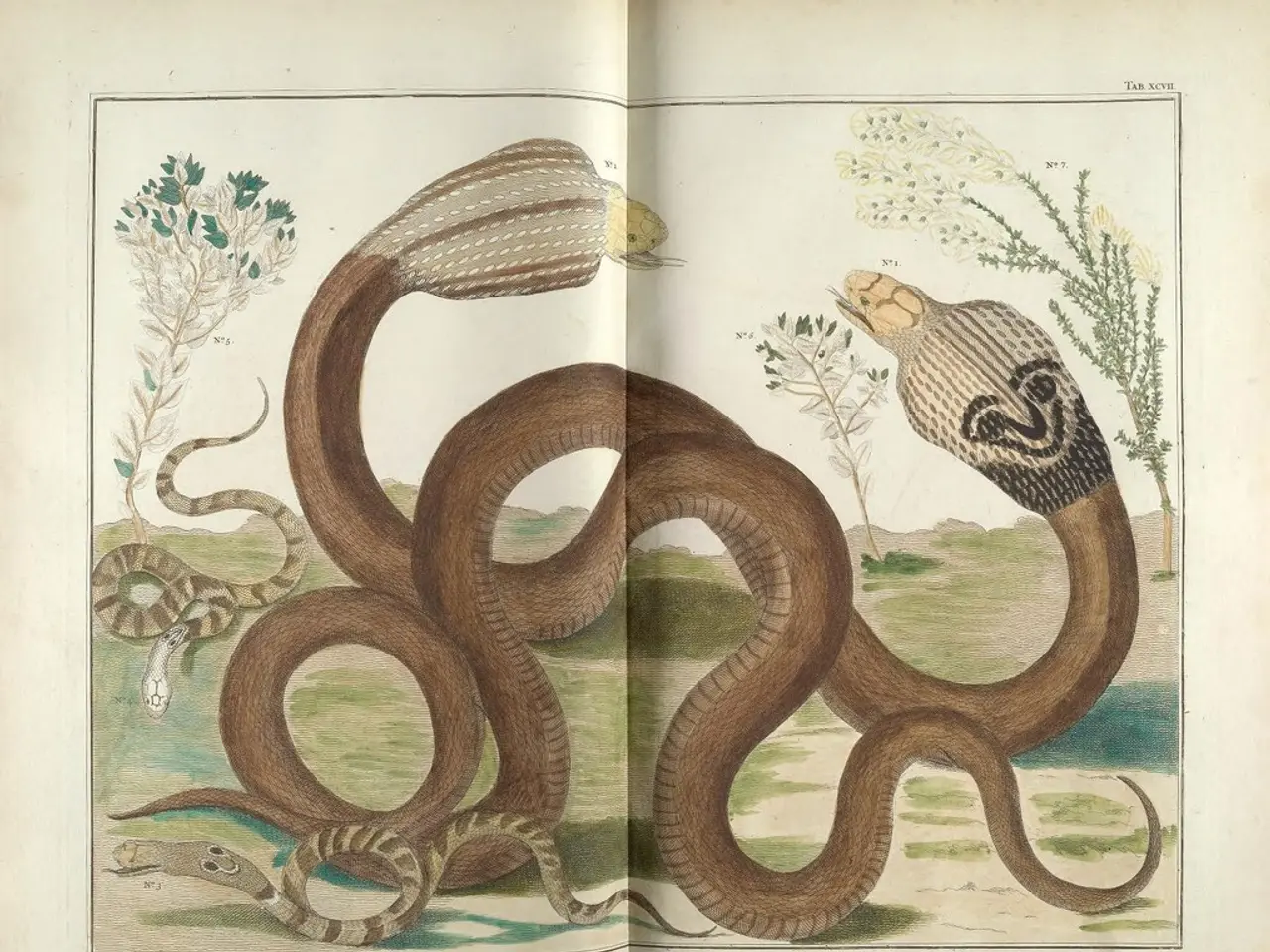Commemorating World Tomistoma Day: Spreading Knowledge About a Rare and Endangered Crocodile Species
The Tomistoma, also known as the false gharial, is an endangered crocodilian native to Southeast Asia, specifically Malaysia and Indonesia. Currently classified as critically endangered by the International Union for Conservation of Nature (IUCN), this unique species faces significant threats from habitat destruction and human conflicts.
Habitat loss due to peat swamp destruction and drainage, human-crocodile conflict, and limited knowledge about breeding and ecology are the major challenges that the Tomistoma encounters. Notable habitats include Loagan Bunut, Samarahan, and Batang Lupar in Sarawak, as well as areas in Kalimantan, Sumatra, and Peninsular Malaysia.
The Tomistoma is taxonomically unique, being one of only two known species in the Gavialidae family, making it evolutionarily important to conserve. Efforts to protect this species include captivity and rehabilitation programs, such as those at the Semengoh Wildlife Rehabilitation Centre, where individuals have been held and studied. Conservation awareness days like World Tomistoma Day, observed annually on August 5, raise public attention to their plight.
However, detailed reports on breeding success and egg incubation remain limited, indicating a gap in scientific understanding crucial for recovery programs. The current estimation of the wild Tomistoma population ranges from 2,500 to 10,000 mature individuals, according to the IUCN.
World Tomistoma Day 2025 serves as a reminder to conserve the species through education, captive breeding, habitat protection, and regional conservation goals. Zoos around the world, such as Crocodiles of the World in the United Kingdom and San Antonio Zoo in the United States, have become strong advocates for Tomistoma awareness.
Public engagement, such as through social media, visiting zoos, or supporting conservation efforts, is crucial for the Tomistoma's survival. The hashtag #WorldTomistomaDay is being used in social media campaigns to encourage people to share information and conservation messages.
In May 2024, the Virginia Aquarium received Tomistoma hatchlings, a sign of progress in breeding programs. Recent breeding efforts have also been successful at the Bronx Zoo in January 2024.
Sarah Tancredi, an experienced journalist specializing in environmental and climate crisis issues, strives to inspire individuals, communities, and policymakers to take action to safeguard our planet for future generations. As the threats to the Tomistoma continue, it is essential that we all play a part in its conservation.
References:
- CrocBITE (2022). Tomistoma schlegelii. Retrieved from https://crocodylus.org/species/tomistoma-schlegelii/
- IUCN SSC Crocodile Specialist Group (2022). Tomistoma schlegelii. Retrieved from https://www.iucnredlist.org/species/10339/15844455
- IUCN SSC Crocodile Specialist Group (2022). Gavialidae. Retrieved from https://www.iucnredlist.org/api/v1/taxon/11154/summary
- Tancredi, S. (2022). Tomistoma schlegelii. Retrieved from https://www.sarahtancredi.com/tomistoma-schlegelii
- World Tomistoma Day (2022). Retrieved from https://www.worldtomistomaday.org/
- NGOs focusing on education and self-development can organize events to raise awareness about the critically endangered Tomistoma, emphasizing the importance of conservation and research in environmental science.
- To support the Tomistoma conservation efforts, individuals can enroll in courses and training programs related to ESG, sustainability, and climate-change to gain knowledge and skills necessary for effective advocacy.
- Learning about the Tomistoma's breeding challenges and the IIIUN's population estimations can help university researchers conduct more detailed reports, potentially opening new avenues for successful recovery programs.
- In addition to traditional conservation methods, NGOs could establish partnerships with zoos worldwide for collaborative research and captive breeding, aiming to increase the Tomistoma population and develop strategies for reintroductions.
- To encourage public engagement and participation, NGOs can create learning materials about the Tomistoma and its habitat, making them readily available through online platforms and education programs.
- Collaborating with social media influencers can help spread awareness about conservation issues, such as the threats faced by the Tomistoma, by using trending hashtags like #WorldTomistomaDay in campaign efforts.
- Responsible tourism initiatives could be developed in key Tomistoma habitats, offering visitors opportunities to learn about environmental science, allowing them to experience and appreciate the unique species firsthand, and generating revenue for local conservation projects.




